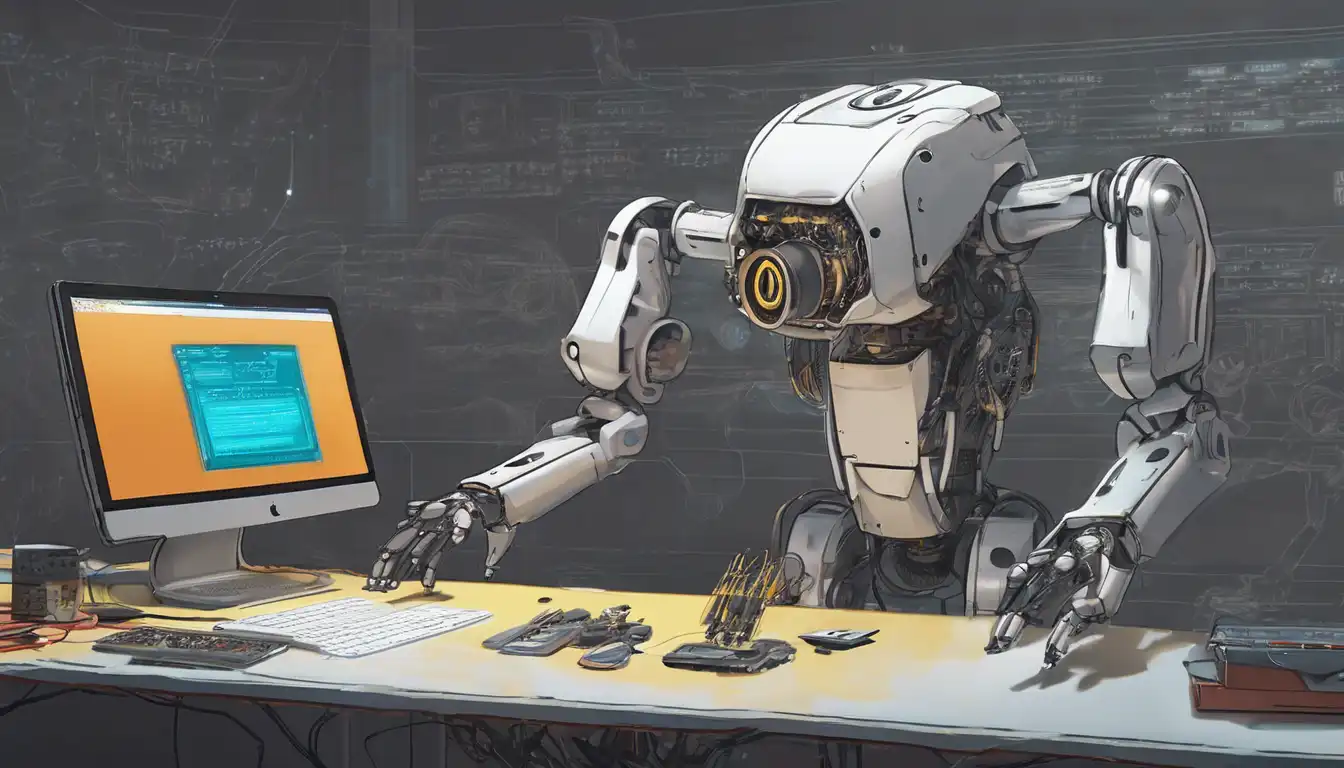Introduction to Robotics Programming
Robotics programming is an exciting field that combines the creativity of design with the precision of coding. Whether you're a hobbyist looking to build your first robot or a professional aiming to automate tasks, understanding the basics of robotics programming is essential. This guide will walk you through the foundational steps to get started in this dynamic field.
Understanding the Basics
Before diving into robotics programming, it's important to grasp the core concepts. Robotics involves the design, construction, operation, and use of robots. Programming these robots allows them to perform tasks autonomously or semi-autonomously. Key areas to focus on include mechanics, electronics, and software development.
Choosing the Right Tools and Languages
Selecting the appropriate programming language is crucial for robotics. Popular choices include Python, C++, and ROS (Robot Operating System). Each has its strengths, with Python being great for beginners due to its simplicity, while C++ offers more control over hardware. ROS, on the other hand, provides a framework for writing robot software.
- Python: Ideal for beginners and prototyping.
- C++: Offers high performance for complex robotics applications.
- ROS: A flexible framework for developing robot software.
Setting Up Your Development Environment
To start programming robots, you'll need a development environment. This includes a computer with the necessary software, a microcontroller or single-board computer like Arduino or Raspberry Pi, and sensors or actuators depending on your project. Setting up a virtual environment can also help manage dependencies and libraries.
Building Your First Robot
Begin with a simple project, such as a line-following robot or a basic arm. This will help you apply programming concepts in a practical setting. Start by writing code to control motors and interpret sensor data. As you gain confidence, you can tackle more complex projects.
Exploring Advanced Concepts
Once comfortable with the basics, explore advanced topics like machine learning for robotics, computer vision, and swarm robotics. These areas can significantly enhance the capabilities of your robots, enabling them to perform more sophisticated tasks.
Resources and Communities
Joining robotics communities and forums can provide valuable support and inspiration. Websites like Robotics Stack Exchange and ROS.org are great places to start. Additionally, online courses and tutorials can accelerate your learning.
Conclusion
Robotics programming is a rewarding skill that opens up a world of possibilities. By starting with the basics, choosing the right tools, and engaging with the community, you can embark on a successful journey in robotics. Remember, the key to mastery is practice and continuous learning.
